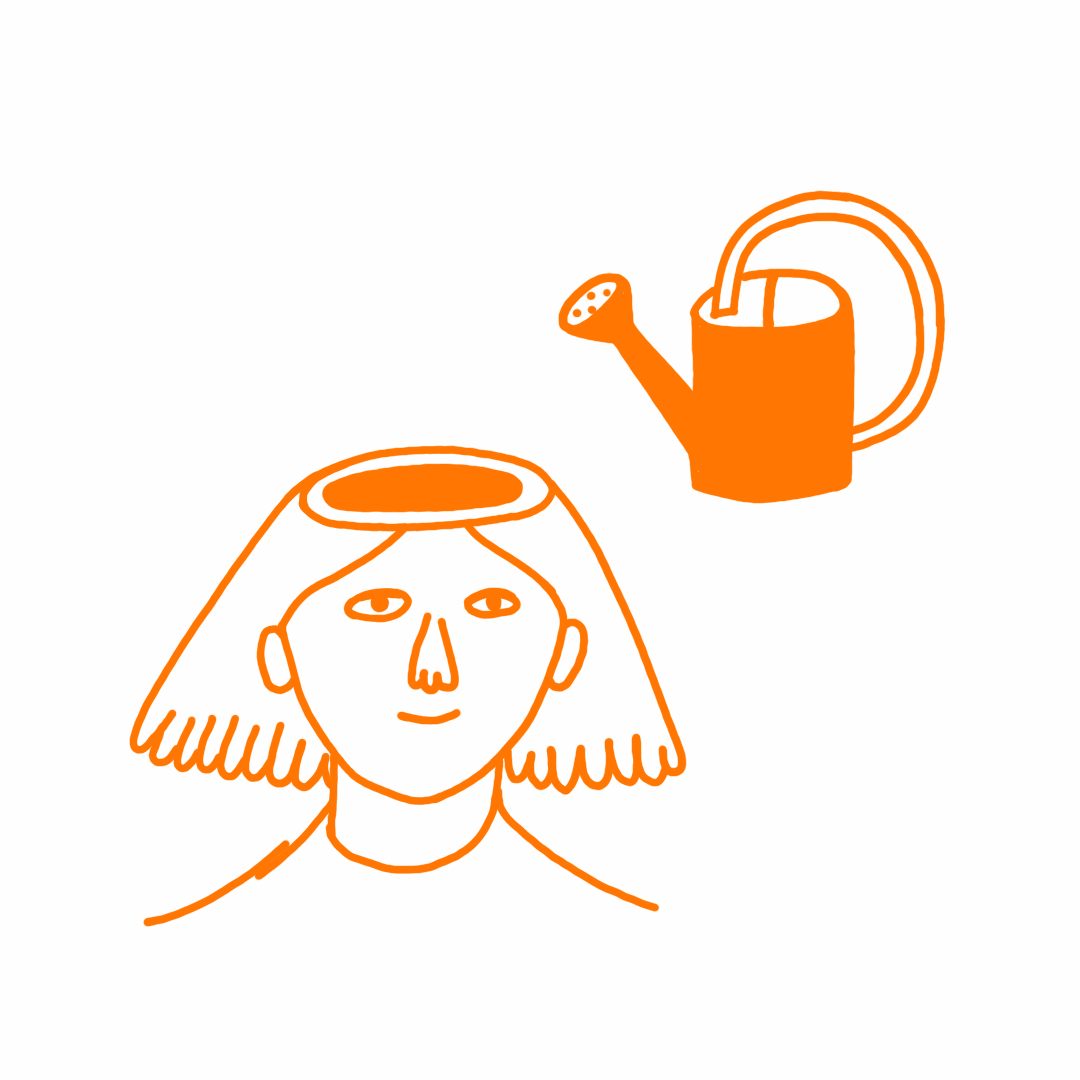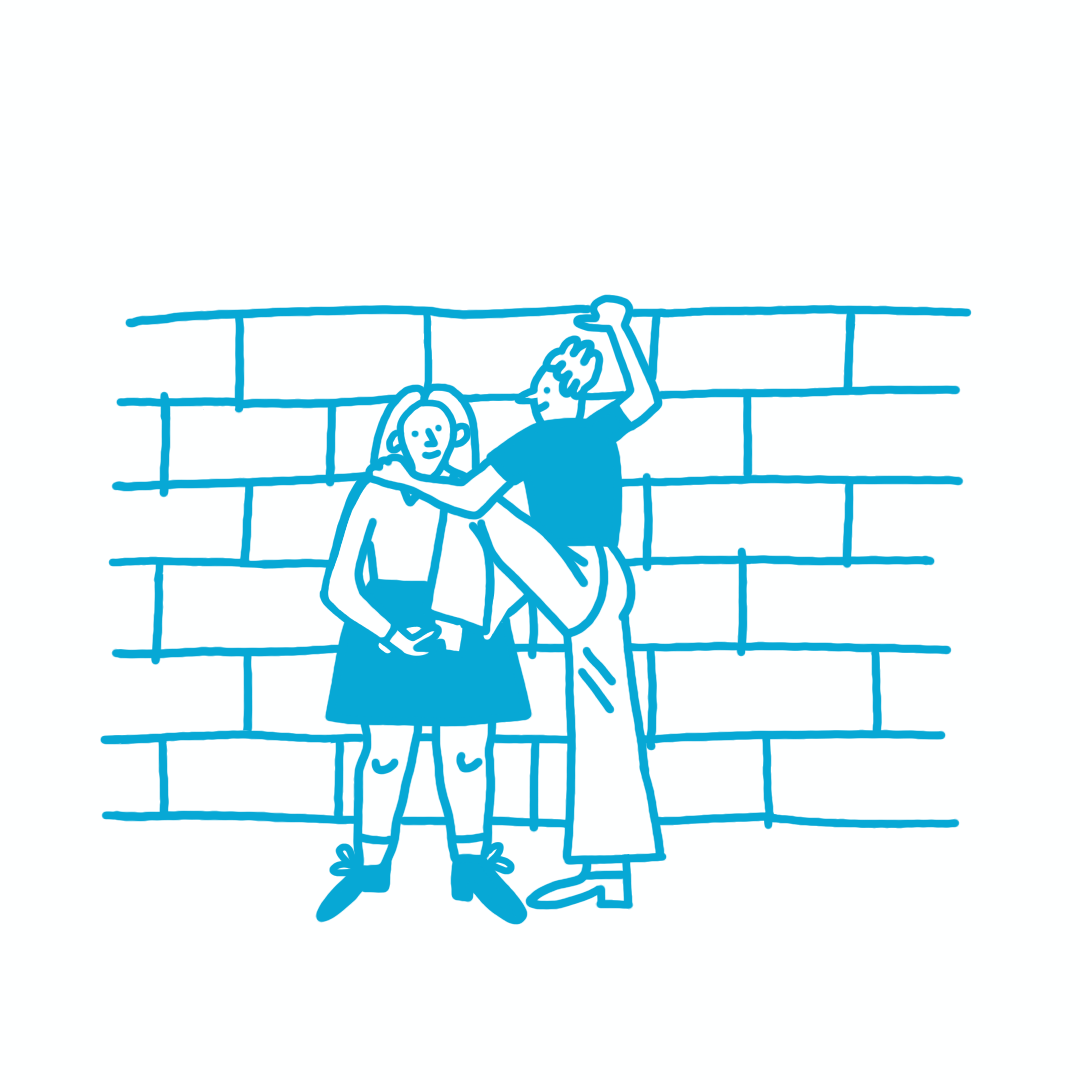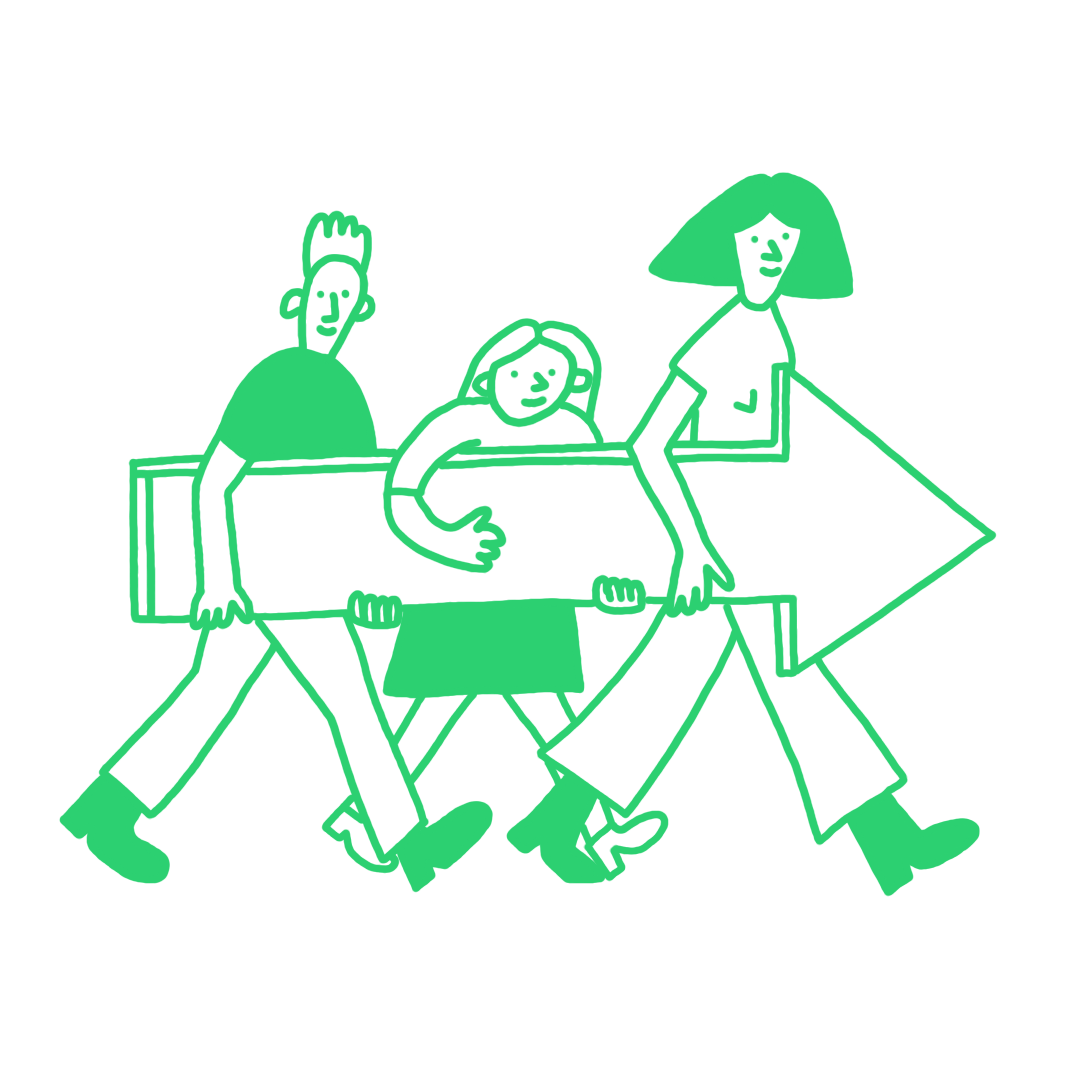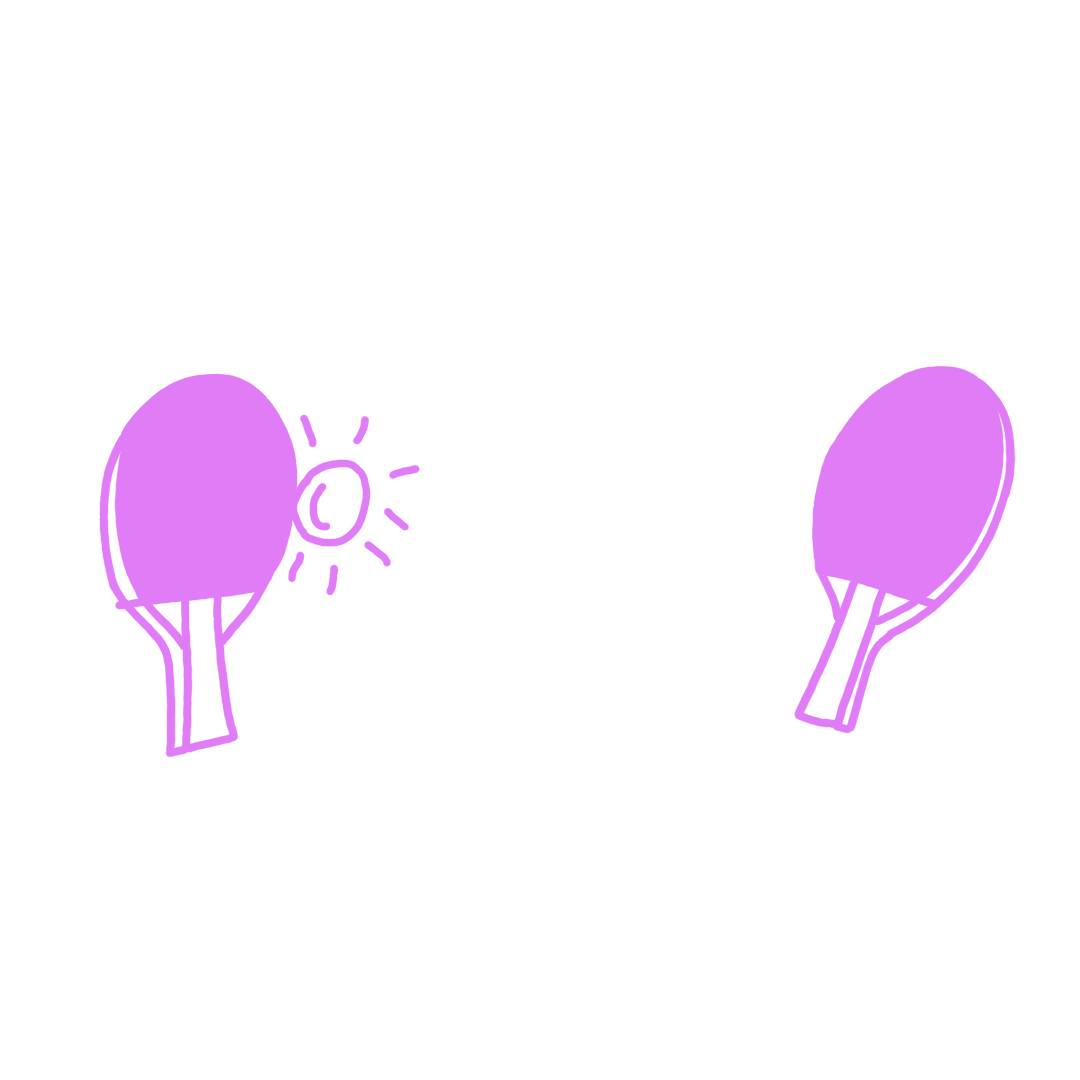The topic is directly related to the UN’s Leave No One Behind (LNOB) agenda. According to the United Nations, the Convention on the Rights of Persons with Disabilities was passed in 2006 as the first comprehensive human rights treaty of the 21st century (United Nations). In 2007, Austria was one of the earliest countries to ratify the agreement and the country must hence ensure that people with disabilities have the same rights and participate in society in the same way as everyone else. All states are obliged to research and develop universal design in order to enable the accessibility and usability of products and services for all people without adaptations or specialized design. At the heart of the convention is the responsibility to change attitudes and approaches towards people with disabilities.
Insight#1 Inclusion
Insight
Uniting society through design
Due to the way they are designed, products and services can increase the exclusion but also the inclusion of certain population groups. Each of us can suffer from loss of performance as well as physical or mental limitations in the course of our lives. Good design can prevent that.
„We find it crucial to initiate a broader discourse on what skills and limitations are required for equal participation in society.“
Kathrina Dankl
We find it crucial to initiate a broader discourse on what skills and limitations are required for equal participation in society. This would mean that disability could affect people in different phases of their lives and could therefore offer disability greater acceptance and attention. There can be many reasons to feel excluded from society, for example through loss of performance after an accident, through physical or mental limitations, or through the change from one phase of life to another (e.g., through the transition from professional life to retirement, the end of a relationship, or after a coming out). Limitation and exclusion can also increase if technologies are not mastered and, for example, access to online banking or digital offices is not guaranteed.
„There can be many reasons to feel excluded from society, for example through loss of performance after an accident, through physical or mental limitations, or through the change from one phase of life to another.“
Kathrina Dankl
What role does design play in designing for inclusion?
Depending on the task, we actively involve relevant people as design partners. In this way, we support the equal participation of a diversity of individuals in the actual design process as well as in relation to specific systems, products, or services that promote inclusion.
The following questions can help companies and the public sector to identify potentials for inclusive design in their area:
— Which product, which service, or which system in your organization is suitable for reducing or preventing exclusion in our society or improving the life of a certain person or group?
— Where is potential for new ways of dialogue and new contact opportunities between different offers, proponents, institutions, services of the social system, and in people’s everyday lives?
Contact Studio Dankl if you want to become part of the inclusive agenda and use social participation as an opportunity for new markets.



